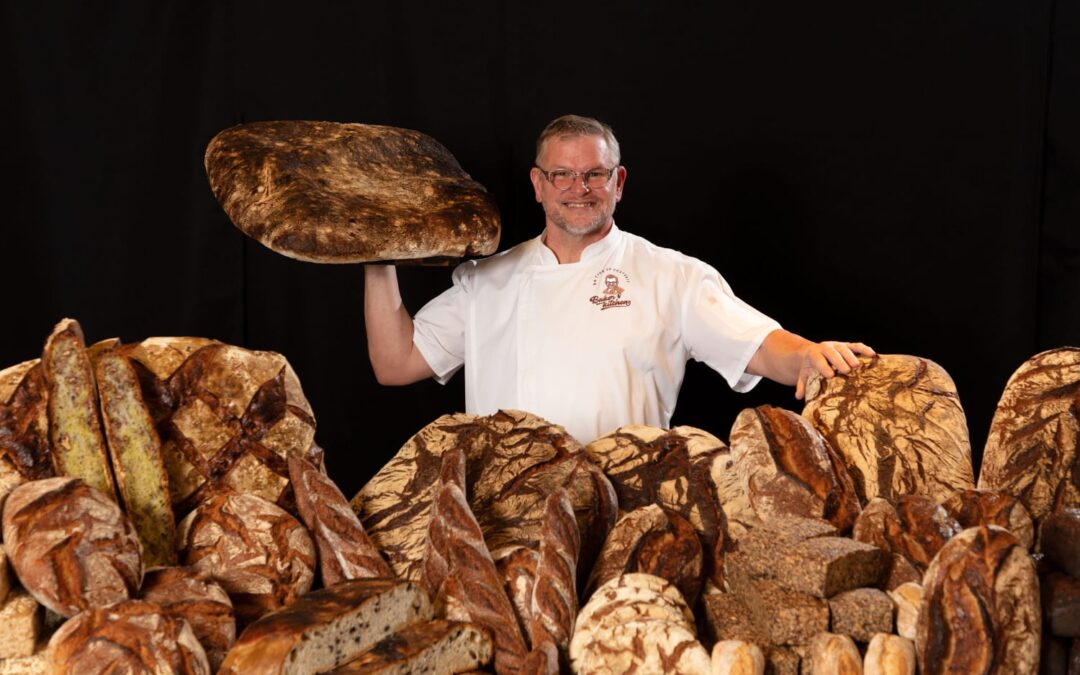Bread is so much more than just a food product. Oh, my apologies! Bread should be so much more than just a food product. The topic bread includes also history, believe, evolution, commerce, health and so much more. Is bread still a food product or has it evolved over the last 50 years into a just stomach filling and sickening SOMETHING, which can damage and influence our health immensely? We will figure this out together.
What is Bread?
It is a bakery product that comes in a variety of forms, colors, smells, and tastes – usually and mainly made of grains. All grains belong to the family of sweet grass and are growing since the beginning of time. Sweet grasses are plants, which are unfortunately not suitable for the consumption of all organisms and creatures.
Sweet grasses contain a number of toxins such as:
- ATIs (proteins that play a role in the plant’s metabolism and which are meant to ward off enemies)
- FODMAPS (sugars, which cannot be broken down by some digestive systems, such as the human one, and therefore can lead to problems in the digestive tract)
- LECTINs (these attach to intestinal cells, causing these cells to die off and therefore increase inflammations in the stomach)
- PHYTIC ACID (prevents the absorption of minerals)
- GLUTEN (which splits into Glutenin, Gliadin, and 20 other sub-groups of Protein). By now almost everybody is more or less aware of the impacts of gluten intolerance or is even familiar with the life-changing consequences of celiac diseases.
- STARCH, which will split into sugar in our digestive systems (sugar, which today is the cause of so many different and serious illnesses).
Sweet grasses and grains contain so many more toxins, and of course, these are also found in the ground flour and hence in bakery products. But I hope I will be able to go more into detail about these toxins and their impacts in future articles.
In my first article, we will only touch on a lot of topics on the surface, to be able to explain at least the base of such an extensive topic like Bread.
In general, I would like to point out, that our human demand for mass production and margin increase are the reason that we are adding chemical toxins and enzymes on top of the natural toxins. The term “bakery improver” also includes some “sickening improver”.
Today it is important, how bread is made – time saving, efficient, rational. It is also important how it looks, smells, tastes and feels. How fluffy it is. How even the pores are formed? How long can the bread be stored? There are so many criteria, which are being applied at contests, tastings and even at master schools. Nevertheless, there is no criteria which concerns the health and the compatibility with the human digestive system. This is so contrary, as we are eating bread to keep our bodies healthy and enjoy the taste. But more and more people are concerned about healthy food and therefore believe that bread is no longer edible, rather harmful and the root cause of so many intolerances and allergies. I mostly have to agree with this.
THE bread, which we buy today mainly in big supermarkets or in small bakeries, corresponds exactly to these facts. But at the same time we are witnessing a small baking renaissance. On one hand scientific research is studying the damaging impacts on the health but at the same time it is also looking for solutions to be documented and published.
I am asking every one of you, to assess my article with an open, healthy and logic mind. One-sided, limited and maybe even radical attitudes and opinions will not help anybody!
Bread can be edible for almost everyone and can enrich your diet in a healthy and tasteful way. How? Let’s talk about it, next time!

